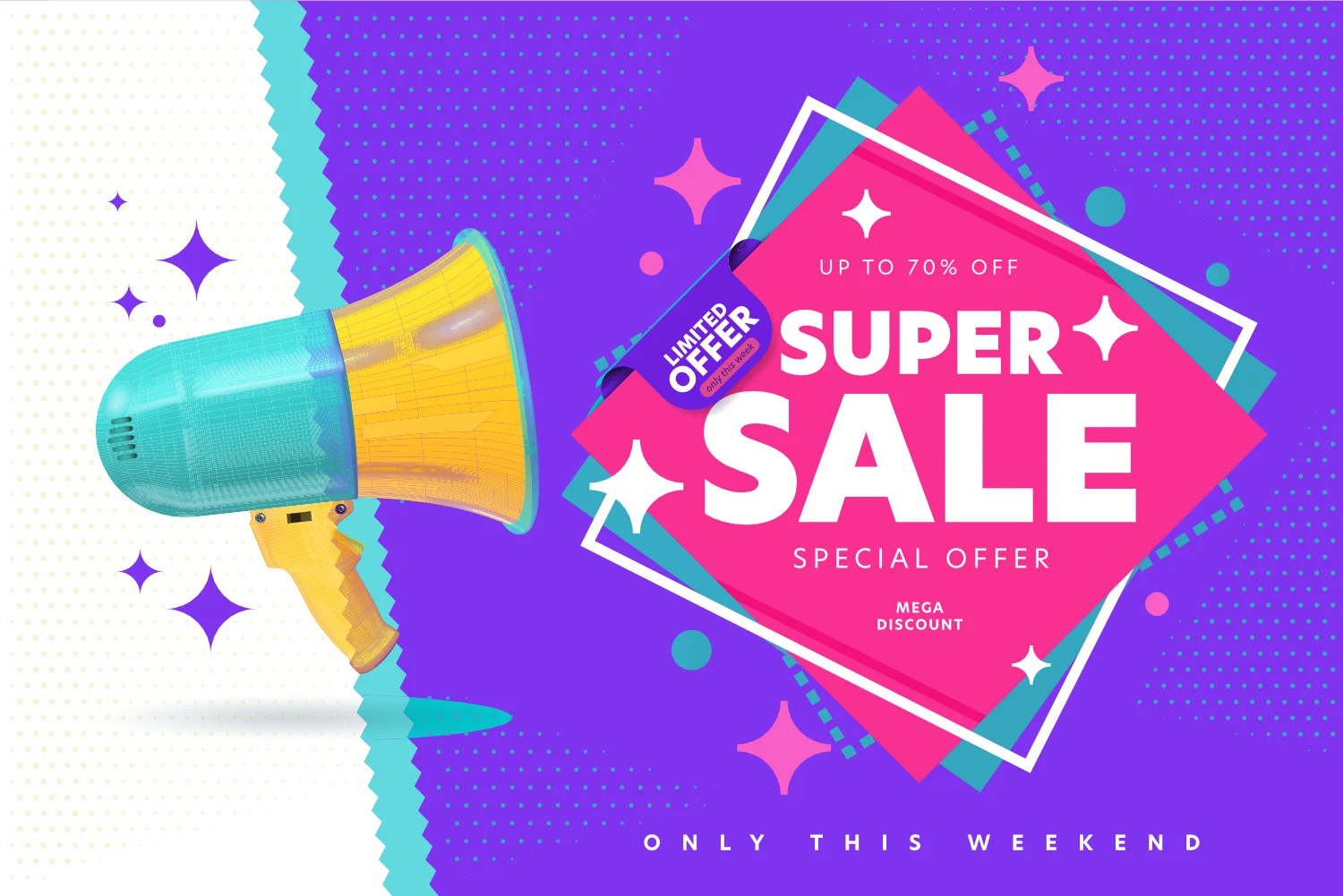Platform
Use Cases
Many Possibilities. One Platform.
AI and Automation
The Always-on Incrementality Platform
Solutions
Teams
Built for your whole team.
Industries
Trusted by all verticals.
Mediums
Measure any type of ad spend
Use Cases
Many Possibilities. One Platform.
AI and Automation
The Always-on Incrementality Platform
Teams
Built for your whole team.
Industries
Trusted by all verticals.
Mediums
Measure any type of ad spend

When a brand launches a promotion, the instinct is almost universal: crank up the ad budget. After all, if you’re offering a discount, you want people to know about it, right? But the relationship between promotions and media performance isn’t as linear as marketers wish it were.
At INCRMNTAL, we’ve analyzed hundreds of campaigns across industries, and the data tells a more nuanced story. Sometimes, increasing ad spend during a sale drives genuine incremental growth. Other times, it simply inflates costs – “buying sales” that would have happened anyway.
So the real question isn’t how much to spend during a promotion. It’s whether that extra spend actually makes a difference.
Promotions are noisy. Not just for your customers - for your competitors, too. Every brand that runs a sale simultaneously tries to capture the same spike in consumer attention. That creates a competitive storm where attribution models can easily mislead.
Add seasonality to the mix - holidays, end-of-quarter rushes, pay cycles - and you have a recipe for analytical chaos. While you’re running your promotion (anyone say Thanksgiving sales?) all of your competitors are also doing so. You’re not alone in the world, and you can’t “isolate” the conditions for some sort of a laboratory style planned experiment.
A spike in conversions during a promotion might look like an advertising win, but it could just as easily be the natural result of timing, weather, or consumer paydays.

This is where measurement becomes both an art and a science. A promotion introduces new behavioral signals into your data. For example:
• Competition can increase CPMs and CPCs, reducing efficiency.
• Seasonality can inflate baseline demand independent of ad spend.
• Promotion strength (10% off vs. 50% off) changes elasticity - meaning consumers respond very differently depending on the perceived value.
Not all discounts are created equal. A small symbolic discount might serve as a reminder to purchase - a soft nudge. A deep discount, on the other hand, fundamentally changes consumer motivation.
When INCRMNTAL analyzed campaigns for eCommerce/D2C brands offering varying discount tiers, we found that:
• 5-10% discounts often boosted conversion rates slightly but generated little incremental lift - most buyers would have purchased anyway.
• 30-50% discounts drove massive spikes in sales, but also increased organic traffic and repeat customer activity - making it harder to isolate paid impact.
• Mid-range discounts (15-25%) tended to strike the best balance, creating measurable incremental sales without cannibalizing existing demand.
The takeaway: a promotion’s “wow factor” can overshadow its media strategy. Strong offers often work on their own momentum, meaning additional ad dollars may simply amplify what was already going to happen.
In contrast, weak or symbolic promotions can benefit from a spend bump - but only if the creative and targeting align with the offer’s perceived value.
Imagine two marketers:
• Marketer A doubles their ad spend during a 10% off sale.
• Marketer B keeps their spend flat during a 50% off clearance.
At first glance, Marketer A looks more aggressive - they “believe” in the promo. But when INCRMNTAL’s platform measured the results, Marketer B often showed higher incrementality. Their strong promotion naturally attracted attention and conversions, while Marketer A’s spend mostly subsidized organic demand.
In other words: extra ad spend during a weak promotion often buys sales that would have happened anyway.
This is why INCRMNTAL’s platform doesn’t just track spend and revenue - it measures the causal lift (or incremental impact). By modeling real-world factors like competition and your seasonality, the INCRMNTAL platform reveals whether your promotional investment is actually moving the needle or just adding noise.

Marketers have been conditioned to “spend more to sell more.” But data-driven teams know better. Before ramping up media budgets for a sale, ask:
1. Is the promotion strong enough to stand on its own?
2. What external factors (competitor promos, seasonal peaks) could distort results?
3. How did similar promotions perform incrementally in the past?
With the right measurement framework, brands can avoid costly overreactions. Sometimes, holding spend steady yields a better return than chasing an artificial spike. Other times, leaning in can amplify genuine demand - but only if the data says so.

With INCRMNTAL, we have improved our ability to measure the effectiveness and efficiency of our marketing channels as well as non-paid promotions, helping us understand what channel drives incremental revenue. These insights allowed us to fine-tune our strategy, optimize performance, and ensure every marketing dollar is invested where it matters most for future growth.
Promotions are meant to drive growth - not confusion. Yet without proper measurement, marketers risk mistaking correlation for causation.
The smartest brands don’t just run promotions; they experiment with them. They test, measure, and learn what truly drives incremental sales - and what simply shifts revenue around the calendar.
Because at the end of the day, success isn’t about how loud you shout during your promotion. It’s about knowing when to whisper and still be heard.